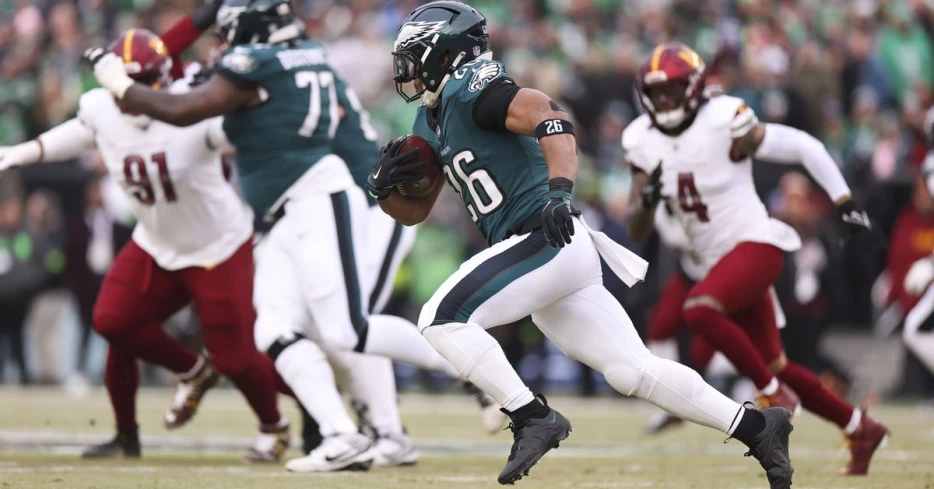
 Hogs Haven
Hogs Haven
Examining the weakest part of Washington’s unexpectedly strong game: Part 1 of 4
The first year of the Commanders’ rebuild under new leadership was an unprecedented success. By my estimation, it was the most dramatic one-season turnaround of a team’s fortunes in the salary cap era. And that was as far back as I looked.
The team’s unexpected success on the field was led by Kliff Kingsbury’s offense, featuring Offensive Rookie of the Year, Jayden Daniels. The Commanders’ offense ranked second in the NFL in percentage of drives ending in a score, fourth in EPA/play, fifth in points scored (regular season), and seventh in total yards and, while giving away the eighth fewest turnovers.
While the offense ranked near the top of the league in most categories, the defense was more uneven.
How you rate the passing defense might depend on which stats you prioritize. The Commanders ranked third in total yards allowed – although a lot of that was due to facing the second fewest passing attempts. They ranked 10th in net yards/attempt and 15th in TDs surrendered, while generating the 7th fewest interceptions. While production and productivity stats had the passing defense mostly in the top half of the league, efficiency stats told a somewhat different story. The Commanders’ passing defense ranked 13th in opponent Success Rate in the regular season, and 22nd in EPA/play.
The Commanders’ biggest weakness on defense was stopping the run. Part of that was due to facing the eight most rushing attempts. But who could fault opposing offenses for testing the Commanders’ rush defense, which gave up 4.8 yards per attempt, the fifth highest average in the league? As a result, the defense gave up the third highest rushing total in the regular season and ranked 24th in the league in opponent’s rushing success rate and 27th in EPA/play on running downs.
While much of the offseason discussion has focussed on the need to replace the pass rush production that left with Dante Fowler, the Commanders biggest weakness overall in 2024 was stopping the run. And it is not yet clear whether enough was done to shore up the rushing defense to prevent a repeat in 2025.
This four part series, will take a deep dive into the Commanders’ 2024 run defense stats to see what the numbers can tell us about areas for improvement, and examine the offseason moves to get a better idea of the outlook for the upcoming season.
I will kick things off by having a look at where opposing offenses had the most success running against the Commanders.
This article uses the same approach as my piece on the Commanders’ rushing attack in the leadup to the draft. I used PFF run direction data, which breaks down running success by offensive line gap for each individual player in every game. This allowed me to isolate rushing performance of running backs from quarterbacks.
QBs were excluded from this analysis because they are fundamentally different. Running...